December 17, 18, 2023
I have been to Nara before, as has my travel friend Susan, so here is a look at some of the typical tourist places we managed to re-visit. The next post will be an area of Nara I had never seen before.
Nara
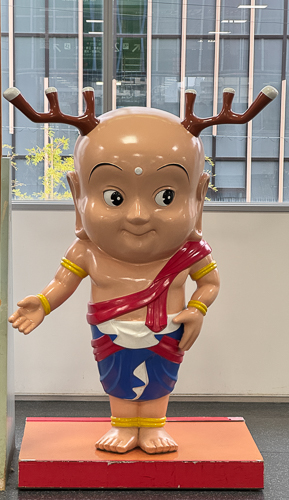
Sento-kun
Sento-kun is a mascot of Nara. It was created in 2010 to commemorate the 1300th anniversary of Nara Heijō-kyō, the ancient capital of Japan. Sento-kun is meant to resemble an amiable young boy who has the antlers of a deer, an animal that has long been regarded as a heavenly protector of the city. The deer are considered messengers of the gods in the traditional Shinto religion and are a national natural treasure.
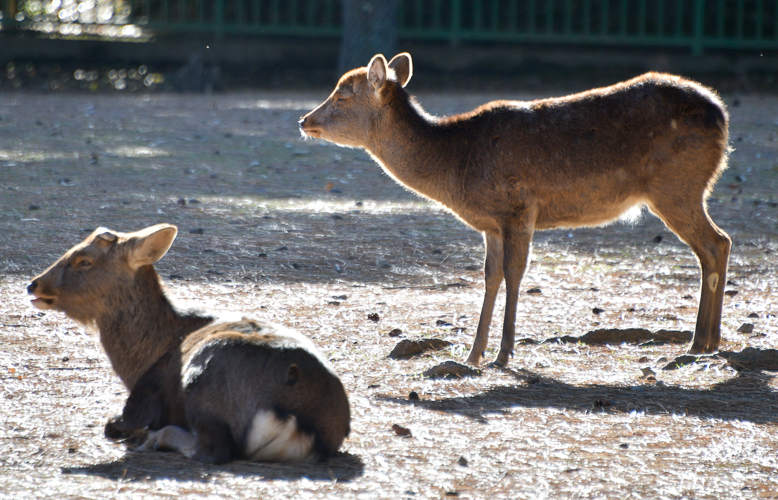
If you have been to Nara, you know how aggressive the deer can be. The tourists feed them regularly, but in the past, they would happily eat anything, including a map you had in your hand. With no visitors, they suffered due to covid but eventually learned to forage on their own and are healthier than ever. While tourists still feed them, they appear to be far less aggressive and less interested in the crackers they get. Let us hope it stays that way.
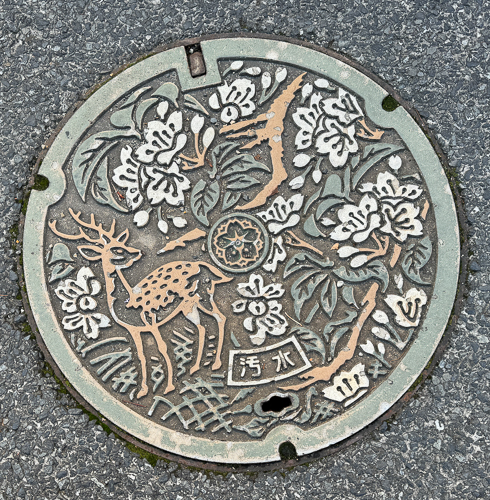
Manhole Covers of Nara
Tōdai-ji temple
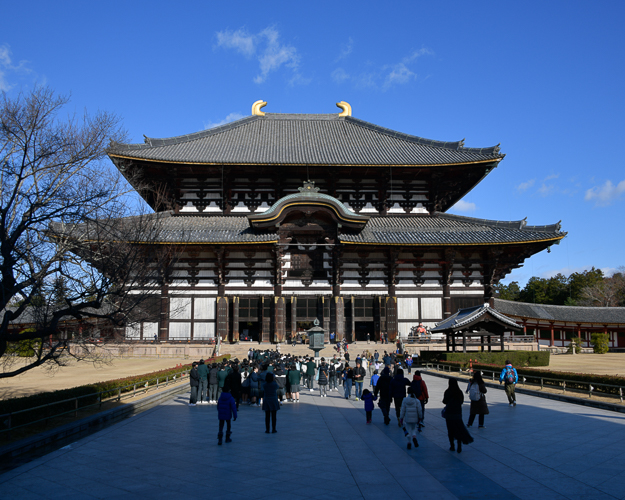
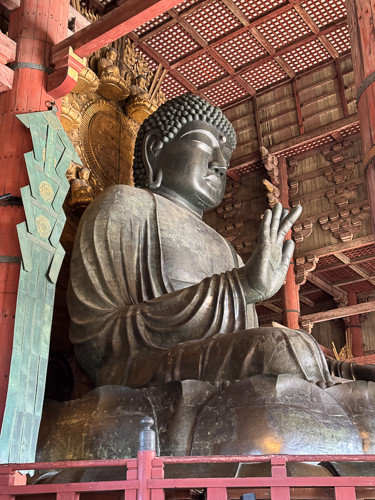
The Giant Buddha of Tōdai-ji temple
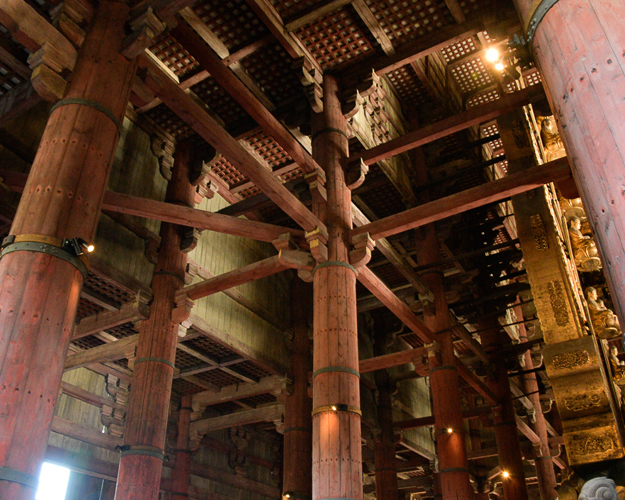
The temple construction is exquisite
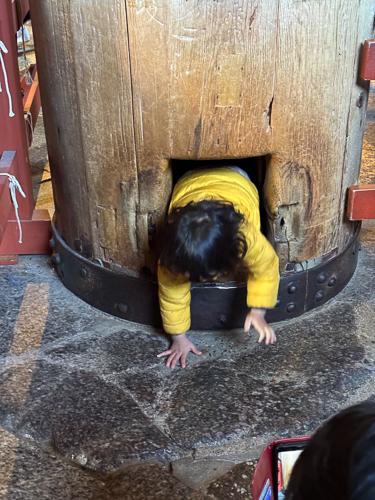
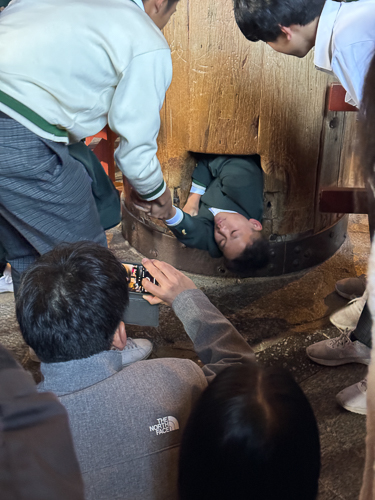
This small square hole in the base of one of the temple’s great wooden pillars is the so-called “Buddha’s nostril.” It is said to grant a degree of enlightenment in the next life to any worshipper who can fit through it. Needless to say, there are only children making their way through.
Kasuga Taisha Shrine
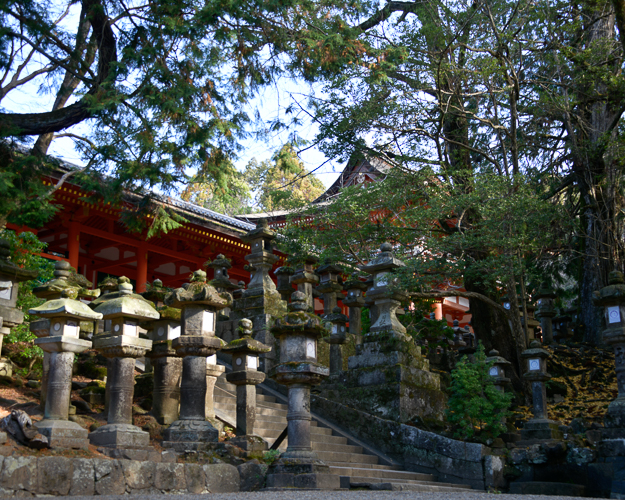
You visit Kasuga Taisha for the over 2000 stone lanterns (ishidoro) and the over 1000 bronze lanterns. The lanterns have been donated by worshippers as a traditional way to greet the spirits of the dead. Kasuga Taisha is Nara’s most celebrated shrine. It was established at the same time as the capital and is dedicated to the deity responsible for the protection of the city. Kasuga Taisha was also the tutelary shrine of the Fujiwara, Japan’s most powerful family clan, during most of the Nara and Heian Periods. The shrine had been periodically rebuilt every 20 years (known as shikinen sengu) for many centuries. However, the custom was discontinued at the end of the Edo Period.
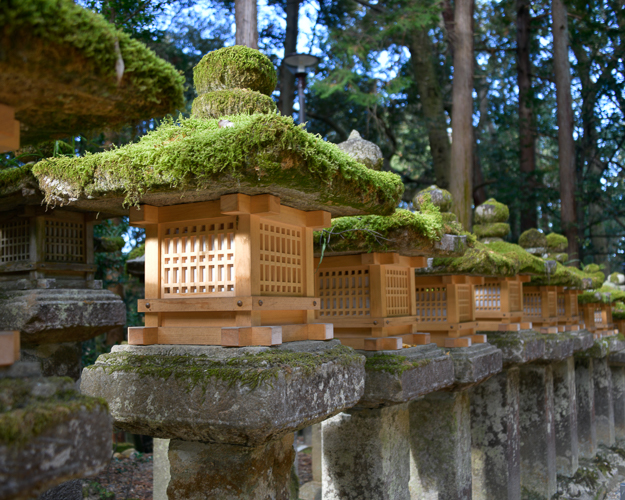 *
*
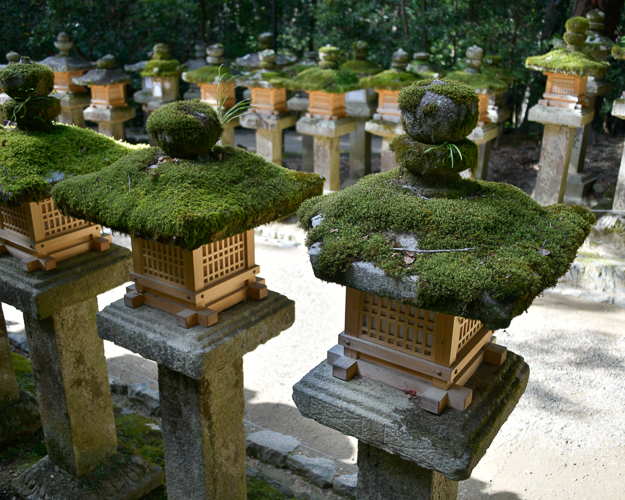
Kasuga Taisha is the center of the Kasuga Wakamija Onmatsuri celebration that I attended on the 17th. The diety is returned to its home during the ceremony at the Wakamija shrine inside the complex of Kasuga Taisha. Kasuga Taisha now includes over 175 buildings.
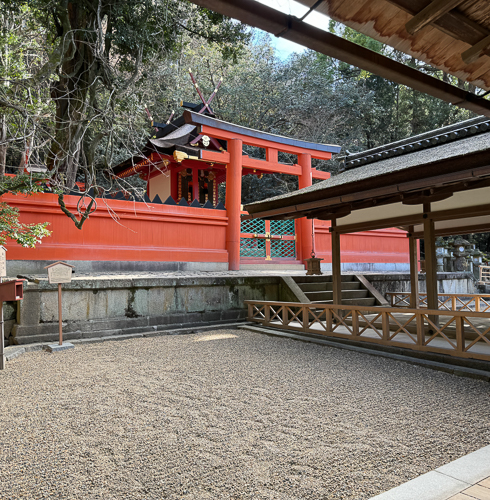
Wakamija Shrine within Kasuga Taisha Shrine
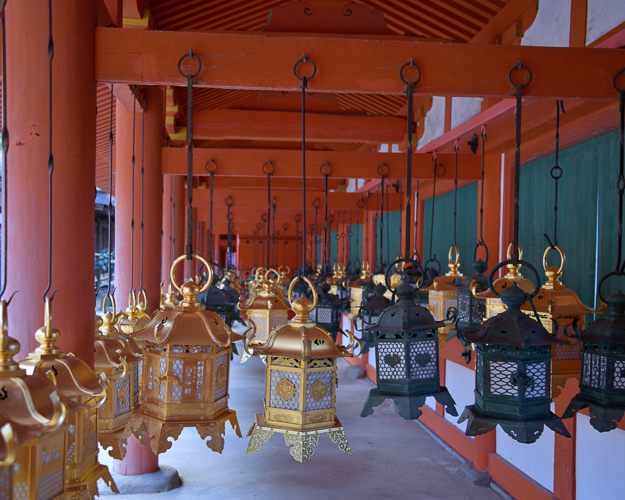 Kasuga Taisha Shrine was designated a UNESCO World Heritage Site in 1998.
Kasuga Taisha Shrine was designated a UNESCO World Heritage Site in 1998.
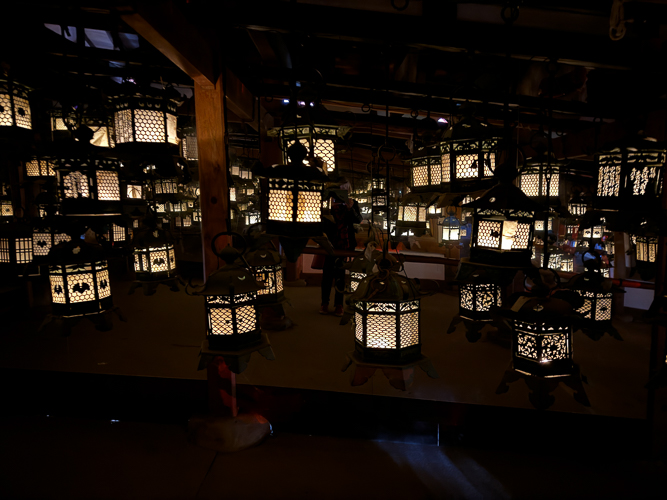
Fujinami-no-ya Hall
Fujinami-no-hya hall was once used as an office for priests. According to the Shrines website, the hall now houses many hanging lanterns, which are lit so that visitors can experience the mystic atmosphere created by their flickering light.
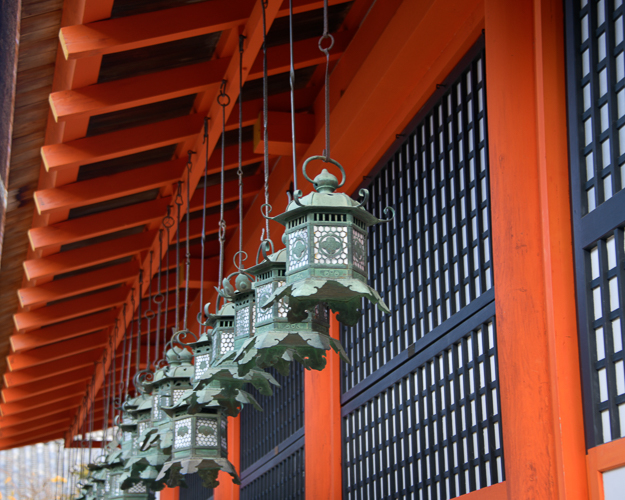
*
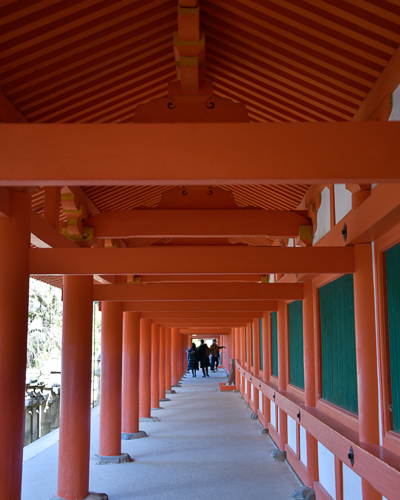
The four main shrines of the complex gave their name to the kasuga–zukuri architectural style. The style is typified by a honden (main hall) with a simple rectangular structure and a curved gabled roof decorated with chigi (V-shaped projections) at each roof end and katsuogi (cylinders laid across the roof ridge). Wooden parts are painted red and black, while the walls are plastered white, and the roofs are made from cypress bark.
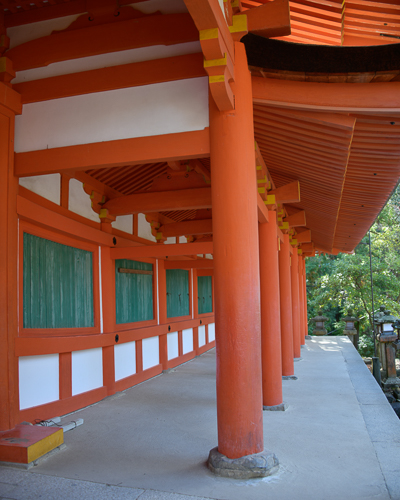
*
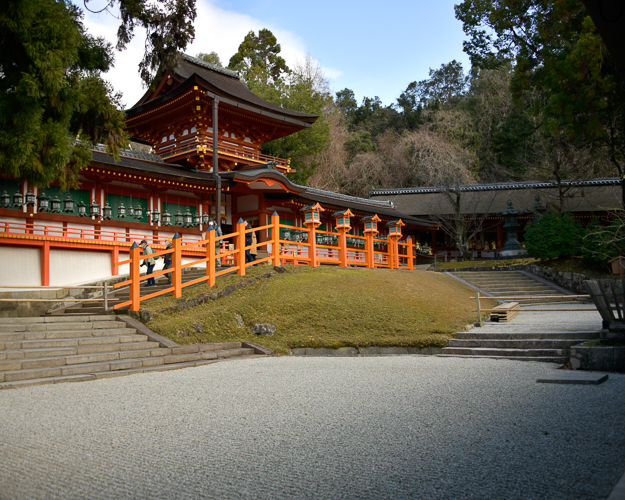
Chuman Gate
The Chumon Gate was built in 1613 CE. It has a sweeping two-story central roof and two wings that house secondary shrines. Next to the gate is a cedar tree thought to be over 800 years old, and the subject of the picture scroll Kasuga Gongen Genki E that dates to 1309 CE. The same tree appears on the stage scenery of every Noh stage play because Noh was first performed at Kasuga in the 14th century CE.
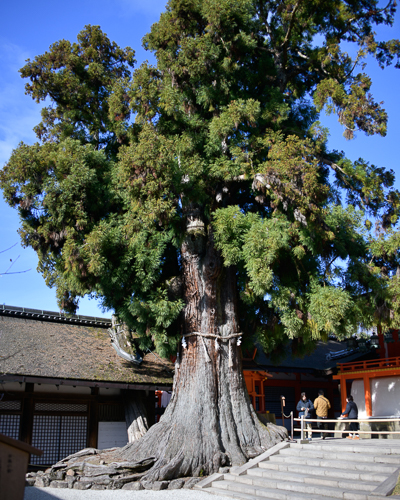
*